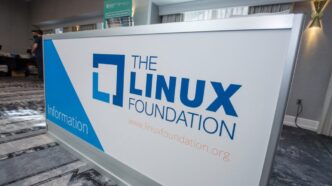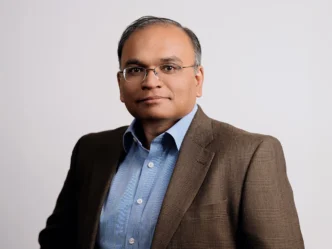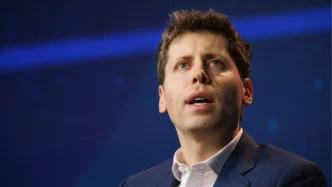Once known simply as the home of the Linux kernel, the Linux Foundation has long outgrown its name. Today, it’s better described as a global consortium powering everything from cloud infrastructure and cybersecurity to AI transparency, fintech, and digital wallets.
And with the recent addition of the OpenInfra Foundation—home to OpenStack—the Linux Foundation has further cemented its identity as a “foundation of foundations.”
When it launched in 2007, the Foundation’s mission was clear: support Linux as an open alternative to closed platforms like Windows. Founding members like IBM, Intel, and Oracle wanted a unified front in promoting open software. But over nearly two decades, executive director Jim Zemlin has steered the organization into something far larger and more resilient.
“Technology evolves. If we wanted to endure, we had to bet on more than Linux,” Zemlin said at this year’s KubeCon in London.
Zemlin’s vision? A “portfolio approach”—backing multiple open source technologies across industries to stay ahead of market shifts. Just as an investor diversifies a portfolio, the Linux Foundation has expanded beyond its original focus to support hundreds of open source initiatives, from automotive-grade Linux to enterprise-grade security frameworks.
This model gives projects access to collective legal, governance, training, and cybersecurity expertise. In an era of intensifying regulation—from Europe’s AI Act to the Cyber Resilience Act—this kind of shared backbone is more important than ever. “We give projects the tools to create technology in an agile way, while ensuring long-term sustainability,” Zemlin explained.
The OpenInfra Merger: A Case Study in Scale
The merger with the OpenInfra Foundation is a prime example. Born from a NASA–Rackspace partnership in 2010, OpenStack evolved into its own foundation before rebranding to OpenInfra. Now, it finds a home under the Linux Foundation umbrella, bringing with it technical leadership, regulatory challenges, and massive deployments.
Zemlin had long collaborated with OpenInfra CEO Jonathan Bryce, and the merger is about more than combining logos—it’s about building a unified force capable of navigating regulatory pressure, ecosystem complexity, and talent development across the open source world.
To balance regional sovereignty with global scale, the Linux Foundation has also launched regional branches like LF India, LF Europe, and a Japanese entity. These branches give local governments and companies the flexibility to collaborate within jurisdiction-specific frameworks—while still tapping into global open source momentum. “They can work locally and protect digital sovereignty,” Zemlin said, “without losing the global participation that makes open source powerful.”
Defining “Open” in Open Source AI
One of the Linux Foundation’s newest frontiers is AI transparency. While companies like Meta label their Llama models as “open,” they often don’t meet the true open source standard. This prompted the Foundation to publish the Model Openness Framework (MOF)—a three-tier system that classifies how “open” an AI model really is, based on its code, data, parameters, and licensing.
Used by the Open Source Initiative (OSI) to inform its own AI definitions, the MOF aims to bring predictability to a rapidly evolving space where the line between “open” and “open-ish” is increasingly blurry. “AI is having its open source moment,” Zemlin said, pointing to the impact of open competitors like DeepSeek, whose accessible models have already reshaped expectations for what’s possible outside of proprietary labs.
Why the Linux Foundation Is More Like Reverse VC
At its core, the Linux Foundation isn’t trying to make money. It’s trying to create impact at scale. Zemlin calls this a kind of “reverse venture capital” model.
Where traditional VCs seek out product-market fit to generate returns, the Foundation looks for project-market fit—can this open source project solve a real industry problem? Is the technology transformative enough? Can it attract the right leadership and contributors? “The science is creating value for the developers. The art is knowing where open source can change an entire sector,” Zemlin said.
And while it does acquire projects like OpenInfra, many others—like the Open Source Security Foundation (OpenSSF)—are built from the ground up to fill emerging needs.
So, with all this transformation, should the Linux Foundation change its name?
Not likely. “When I wear Linux Foundation swag into a coffee shop, someone always says, ‘I love Linux,’” Zemlin laughed. “It’s a powerful brand. It represents open source at its best.”
While Linux may have been the start, the Linux Foundation now stands for the future of open collaboration—from kernel code to AI ethics, and everything in between.













